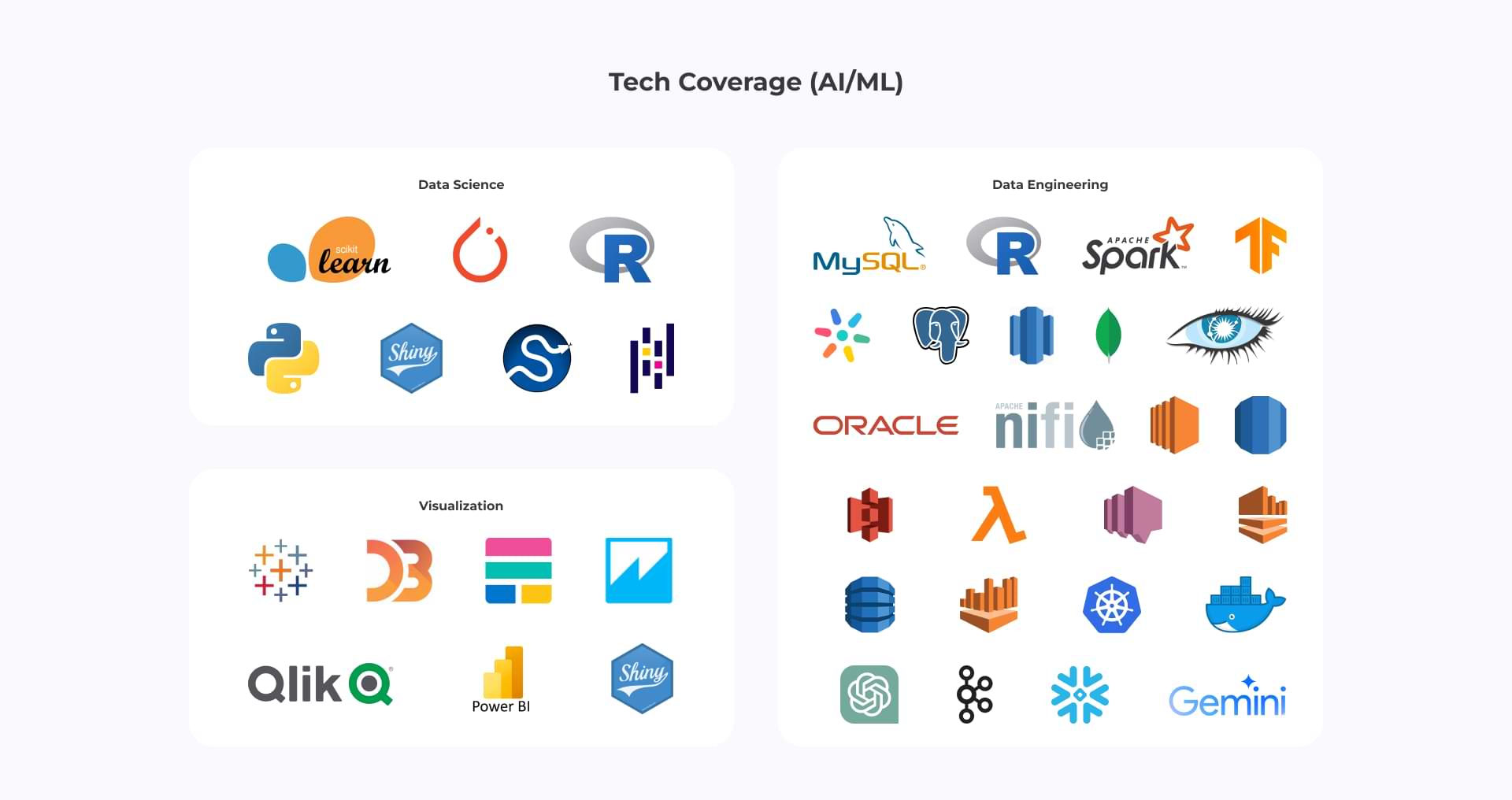Automating the Response to Requests for Quotation: Streamlining Your Sales Cycle
The request for quotation (RFQ) process is a cornerstone of B2B sales. It allows businesses to gather detailed pricing information from potential suppliers, ensuring they secure the best value for their needs. However, manually responding to each RFQ can be a time-consuming and tedious task. This is where RFQ automation comes in.
Let’s connect
Book a meeting
Automated RFQ: Saving Time and Resources
By automating the RFQ response process, businesses can significantly improve efficiency and free up valuable resources for other sales activities. Here’s how:
- Automated Routing: You can configure the automated RFQ system to route incoming requests to the appropriate sales representative based on their expertise or product specialization. This ensures that each RFQ receives a prompt response from a qualified salesperson who can address the specific needs of the potential customer.
- Pre-built Templates: Automated RFQ solutions allow you to create standardized templates for frequently requested products or services. These templates can include pre-populated pricing information, product descriptions, and terms and conditions. When a new RFQ arrives, the system automatically populates the template with relevant data, saving you the time and effort of creating a response from scratch.
- Automated Data Extraction: Many RFQ automation solutions can extract key data points from incoming RFQs, such as quantities, specifications, and delivery deadlines. This removes the necessity for manual data input, thereby minimizing the potential for mistakes and inconsistencies.
Benefits of RFQ Response Automation
The benefits of implementing an automated RFQ solution extend beyond just time savings. Some of the main benefits include:
- Enhanced Data Analysis: Many automated RFQ solutions offer built-in analytics tools that can help you track key metrics such as response times, win rates, and average deal size. This valuable data can be used to identify areas for improvement and optimize your sales strategy.
- Increased Efficiency: Automation streamlines the entire RFQ response process, allowing your sales team to focus on building relationships with potential customers and closing deals.
- Improved Accuracy: By eliminating manual data entry and ensuring consistent formatting, automated RFQ reduces the risk of errors in your responses, leading to more professional and trustworthy quotes.
- Faster Response Times: Automated RFQ solutions enable you to respond to inquiries quickly, demonstrating responsiveness and professionalism to potential customers. This can give you a competitive edge, especially in situations with tight deadlines.
Considerations for Implementing an RFQ Solution
Before implementing an automated RFQ solution, it’s important to consider your specific business needs. Consider these important factors:
- Integration with Existing Systems: Ensure the automated RFQ solution integrates seamlessly with your existing CRM or ERP system. This will allow for smoother data exchange and minimize the need for manual data entry.
- Complexity of your Products or Services: If you offer highly customized products or services, you may need a more flexible solution that allows for some level of manual customization in your responses.
- Volume of RFQs: The volume of RFQs you receive will influence the type of solution you need. If you receive a high volume of inquiries, a robust solution with advanced automation features may be necessary.
Beyond Automation: The Human Touch in RFQ Responses
While automation can significantly improve the efficiency of your RFQ response process, it’s important not to completely remove the human touch. Here’s how to achieve a harmonious balance:
- Follow Up: Even with an automated solution, it’s important to follow up with potential customers who submit an RFQ. This demonstrates your commitment to building a relationship and can help you stand out from the competition.
- Personalize Your Responses: Automated RFQ solutions should be used as a starting point, not a replacement for personalized communication. Take the time to review each pre-populated response and add a personalized touch, such as a brief thank you for the inquiry or a mention of a specific customer need.
- Focus on Value Proposition: Don’t simply list your prices in the response. Use the opportunity to highlight the unique value proposition of your products or services and how they can address the specific needs of the potential customer.
Conclusion
By implementing an automated RFQ solution, businesses can significantly streamline their sales cycle, improve response times, and increase win rates. However, it’s important to remember that automation is just one tool in your sales toolbox. By combining the efficiency of automation with the human touch of personalised communication, you can create a winning RFQ response strategy that delivers results.
Global success stories
Here are some related content that highlight our capability in delivering AI solutions that save costs as well as boost productivity.
Manufacturing 4.0:



